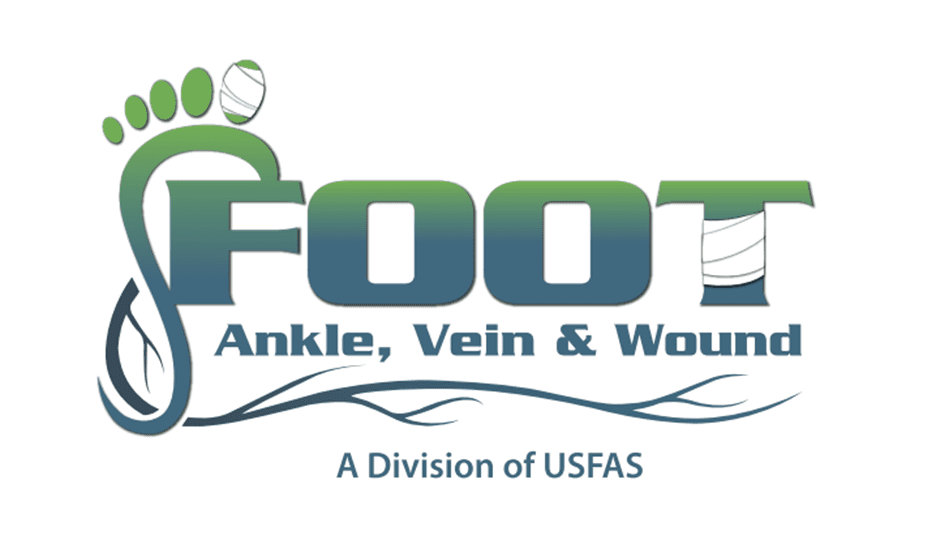Proper footwear can reduce foot problems
From ancient Egyptian times down through the centuries, footwear has been designed to meet mankind’s real and perceived needs–protection, support, comfort, sturdiness, and stylishness.
Feet endure tremendous pressures of daily living. An average day of walking brings a force equal to several hundred tons on them. They are subject to more injury than any other part of the body, underscoring the need to protect them with proper footwear.
Doctors of podiatric medicine are health care professionals trained for both palliative and surgical care of the foot and ankle. They also are fully qualified to recommend selection of the right pair of shoes, or address other aspects of foot health, for all members of the family.
Children’s Shoes
When a child begins to walk, shoes generally are not necessary. Allowing an infant to go barefooted indoors, or to wear only a pair of socks, helps the foot grow normally and develop its muscles and strength, as well as the grasping ability of toes.
As children grow more active, and their feet develop, the need for shoes becomes apparent. It becomes necessary to change shoe sizes at a pace that frequently surprises and even dismays parents, to allow room for growth.
When purchasing shoes for children, remember these tips:
* Examine the shoe itself. It should have a firm heel counter (stiff material on either side of the heel), adequate cushioning of the insole, and a built-in arch. It should be flexible enough to bend where the foot bends–at the ball of the foot, not in the middle of the shoe.
* The child’s foot should be sized while he or she is standing up and fully weight-bearing.
* There should be about one-half inch of space (or a thumb’s width) between the tip of the toes and the end of the shoe. The child should be able to comfortably wiggle his or her toes in the shoe.
* Have the child walk around the store for more than just a few minutes wearing the shoe with a normal sock. Ask the child if he or she feels any pressure spots in the shoe. Feel the inside of the shoe for any staples or irregularities in the glue that could cause irritation. Examine where the inside stitching hits the foot. Look for signs of irritation on the foot after the shoe is worn.
* Shoes should not slip off at the heels. Children who tend to sprain their ankles will do better with high-top shoes or boots.
* Both feet should be measured, and if they are two different sizes, shoes should be chosen that fit the larger foot best.
Women’s Shoes
Women inflict more punishment on their feet in part from improper footwear that can bring about unnecessary foot problems. Some of the problems result from high-heeled shoes (generally defined as pumps with heels of more than two inches). Doctors of podiatric medicine believe such heels are medically unsound and attribute postural and even safety problems to their use.
To relieve the abusive effects of high heels, women can limit the time they wear them, alternating with good quality sneakers or flats for part of the day.
They can also vary heel height. There are comfortable and attractive”walking” pumps (also called “comfort” or “performance” pumps) for work and social activities, that blend fashion considerations and comfort. These pumps offer athletic shoe-derived construction, reinforced heels, and wider toe room.
Activity has a bearing on the considerations; wearing the right shoe for a particular activity is probably as important a factor in the choice of shoes as any.
Perhaps the best shoe for women is a walking shoe with laces (not a slip-on), a polymerized composition sole, and a relatively wider heel with a rigid and padded heel counter, no more than three-quarters of an inch in height.
Men’s Shoes
The best shoes for men are good quality oxford styles, shoes ordinarily associated with wing-tip or cap toe designs. Also suitable are slip-ons, dressy loafers, and low dress boots.
Men as well as women should buy shoes for work, leisure, and special activities, matching the shoe to the activity.
Male (and female) office workers should earmark three to five pairs of shoes for business hours–general oxfords and loafers for men; pumps and oxfords for women. Cushioned-sole shoes that give good support are essential for those who spend most of their working days on their feet.
There is no question about the need for foot protection for those who work in heavy industry. Safety shoes and boots–those that are waterproof or water-resistant, with insulated steel toe caps and soles of non-conducting materials–help prevent injuries to the feet and reduce the severity of injuries that do occur.
Shoes for Athletics
Different sports activities call for specific footwear to protect feet and ankles. Sports-specific athletic shoes are a wise investment for serious athletes, though perhaps a less critical consideration for the weekend or occasional athlete; nevertheless, it’s a good idea to use the correct shoe for each sport. Probably a more important consideration is the condition of the shoe–don’t wear any sport or other shoes beyond their useful life.
Athletic footwear should be fitted to hold the foot in the position that’s most natural to the movement involved.
For example, a running shoe is built to accommodate impact, while a tennis shoe is made to give relatively more support and permit sudden stops and turns. For sports, “cross trainers” are fine for a general athletic shoe, such as for physical education classes. But if a child is involved more heavily in any single sport, he or she should have a shoe specifically designed for that sport.
Shoe Care
For longer service, keep shoes clean and in good repair. Avoid excessive wear on heels and soles. Give your shoes a chance to breathe–don’t wear the same pair two days in a row (you prolong the life of shoes by rotating their use). Never wear hand-me-down shoes (this is especially important for children).
Seal of Acceptance
The American Podiatric Medical Association awards its Seal of Acceptance to a wide variety of shoes (and shoe-related products), which have been deemed to enhance a consistently applied program of daily foot care and regular professional treatment.
The intent of such endorsements is to make a significant contribution to the foot health and foot health education of the public.
For a list of shoe companies holding the APMA Seal of Acceptance, visit the APMA’s online seal information.
Buying Tips
* Have your feet measured while you’re standing.
* always try on both shoes, and walk around the store.
* Always buy for the larger foot; feet are seldom precisely the same size.
* Don’t buy shoes that need a “break-in” period; shoes should be comfortable immediately.
* Don’t rely on the size of your last pair of shoes. Your feet do get larger, and lasts (shoemakers’ sizing molds) also vary.
* Shop for shoes later in the day; feet tend to swell during the day, and it’s best to be fitted while they are in that state.
* Be sure that shoes fit well–front, back, and sides–to distribute weight. It sounds elementary, but be sure the widest part of your foot corresponds to the widest part of the shoe.
* Select a shoe with a leather upper, stiff heel counter, appropriate cushioning, and flexibility at the ball of the foot.
* Buy shoes that don’t pinch your toes, either at the tips, or across the toe box.
* Try on shoes while you’re wearing the same type of socks or stockings you expect to wear with the shoes.
* If you wear prescription orthotics–biomechanical inserts prescribed by a podiatric physician–you should take them along to shoe fittings.
Your podiatric physician/surgeon has been trained specifically and extensively in the diagnosis and treatment of all manner of foot conditions. This training encompasses all of the intricately related systems and structures of the foot and lower leg including neurological, circulatory, skin, and the musculoskeletal system, which includes bones, joints, ligaments, tendons, muscles, and nerves.

